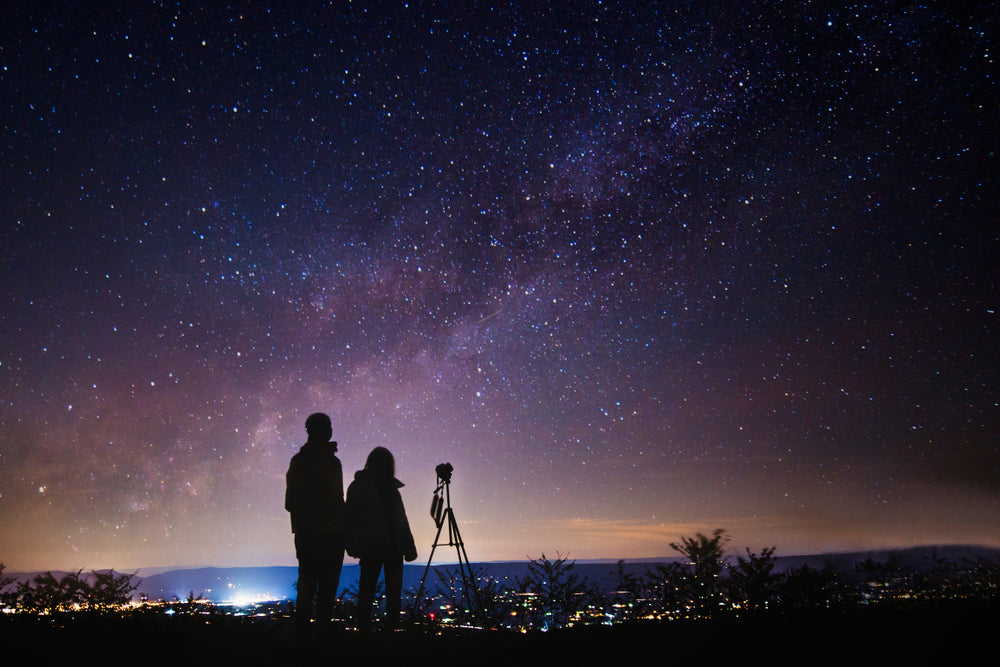
It's Not CGI: Composite Imagery in Space is Great
Share
Often the images we see from telescopes to astrophotographers are disparaged because they use a technique where more than one photo is used to create a clarified and more effective means of communicating the data.
NASA uses these images for nearly everything they release to the public to create a richer and more valuable piece of readily visible information from either multiple telescopes, locations, and/or a combination of different time signatures.
They might even show it from the perspective of one of the instruments such as radiation levels.
The results are stunning.

What it isn't is CGI, tomfoolery or "pulling the wool over your eyes".
A composite image is multiple images of the same designated object or area of space that are merged into one stronger image.
Composite images are often necessary to use against the night sky as the correct exposure will leave the foreground almost entirely black, or when you take a photo of the moon with your phone camera and it looks quite poor and ill-defined.
A very obvious example of a composite image and a good rebuttal against those who call these amazing images is that we use composite images every day from the moment we open our eyes.
Our eyes, although working at the same time, are creating a composite image of our reality every single time we use them. This gives us perspective, depth, and creates a deeper sense of proprioception with our selves and environment.
A very popular form of composite imagery in astrophotography is simply shining a torch over the foreground of a long exposure shot so the immediate landscape is illuminated to a similar degree as the stars in the night sky.
Below you can see a before and after of Andromeda, Messier 31.

So to answer detractors about the validity of these images; yes they are real, just layered and more powerful versions of something that a lens or our naked eye can detect.
Besides the original images are usually very easy to find on the NASA website.
Love astrophotography?
Then spread ARSE further by haring this blog as we thrust into the deep unknown.
#Space_Aus




